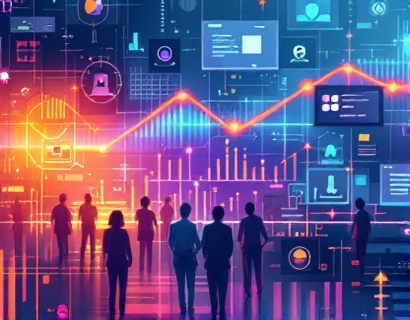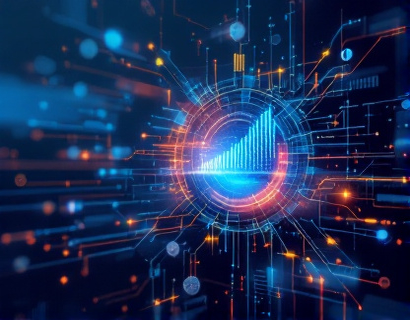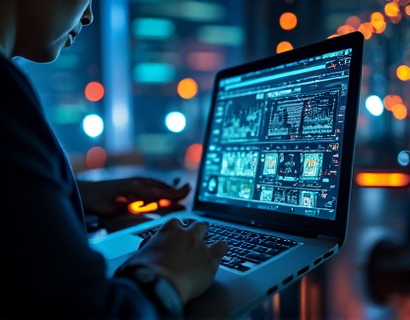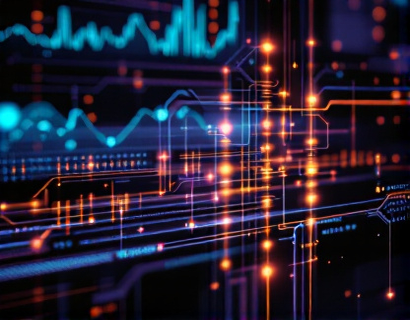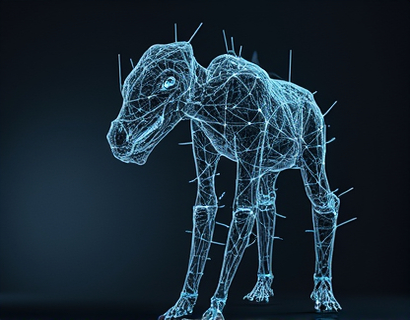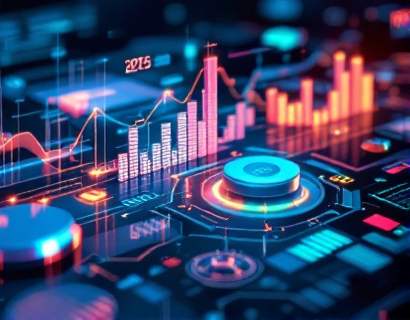Revolutionizing Digital Trust: Advanced Software for Authenticating AI-Generated and Altered Images
The rise of artificial intelligence and digital manipulation technologies has introduced significant challenges in verifying the authenticity of visual content. As AI-generated and altered images become increasingly sophisticated, the need for robust tools to authenticate digital media has never been more critical. This article explores the advancements in software designed to detect and verify the authenticity of images, ensuring the integrity of digital content across various industries.
Understanding the Challenge
The proliferation of AI technologies has enabled the creation of highly realistic but fake images, often referred to as deepfakes. These images can be used for malicious purposes, such as spreading misinformation, damaging reputations, and compromising national security. In the realm of content creation and brand management, the authenticity of visual content is paramount. Brands must ensure that the images representing them are genuine to maintain trust and credibility with their audience. Similarly, journalists, legal professionals, and educators rely on the integrity of visual evidence to inform public discourse and educational content.
The Role of Advanced Authentication Software
To combat these challenges, advanced software solutions have been developed to detect and authenticate AI-generated and altered images. These tools leverage cutting-edge algorithms and machine learning techniques to analyze images and determine their authenticity. The software can identify subtle changes and anomalies that indicate manipulation, providing a reliable method for verifying visual content.
Key Features of Authentication Software
1. Deep Learning Algorithms: These algorithms are trained on vast datasets of both genuine and manipulated images. They can detect patterns and features that are indicative of AI-generated content, such as inconsistencies in lighting, shadows, and textures.
2. Metadata Analysis: The software examines the metadata associated with images, which can reveal information about the image's origin, editing history, and the devices used to create or modify it.
3. Pixel-Level Analysis: By examining the pixel data, the software can identify alterations that are not visible to the naked eye. This includes detecting blurring, blurring artifacts, and other signs of manipulation.
4. Comparative Analysis: The software can compare an image against a database of known genuine images to identify discrepancies. This feature is particularly useful in verifying the authenticity of images used in news articles, legal documents, and educational materials.
5. Real-Time Monitoring: Advanced authentication tools offer real-time monitoring capabilities, allowing users to instantly verify images as they are uploaded or shared. This is crucial for platforms that handle a high volume of user-generated content.
Industry Applications
The applications of this advanced authentication software span multiple industries, each with unique requirements and challenges.
Digital Media Professionals
For digital media professionals, ensuring the authenticity of visual content is essential for maintaining the credibility of their work. Authentication software provides a reliable way to verify images before publication, reducing the risk of spreading misinformation and protecting the professional's reputation.
Content Creators
Content creators, including photographers and videographers, can use these tools to safeguard their work from unauthorized manipulation. By verifying the authenticity of their images, creators can prevent their content from being altered or misused, ensuring they retain control over their intellectual property.
Brand Managers
Brand managers rely on the authenticity of visual content to build and maintain brand trust. Authentication software helps them verify the images used in marketing campaigns, social media posts, and advertising materials, ensuring that their brand is represented accurately and positively.
Security Analysts
Security analysts use these tools to detect and mitigate the risks associated with deepfakes and other forms of digital manipulation. By identifying manipulated images, they can prevent the spread of false information that could compromise national security or public safety.
Legal and Compliance Teams
Legal and compliance teams depend on the integrity of visual evidence in legal proceedings and regulatory reports. Authentication software provides a robust method for verifying the authenticity of images used in court documents, compliance reports, and other legal materials, ensuring that the evidence presented is reliable and admissible.
Journalists
Journalists face the challenge of verifying the authenticity of images in an era of widespread digital manipulation. Authentication tools enable them to fact-check visual evidence, ensuring that the stories they report are based on accurate and trustworthy information. This is crucial for maintaining the integrity of journalism and upholding public trust.
Educators
Educators can use these tools to teach students about media literacy and the importance of verifying sources. By incorporating authentication software into their curriculum, educators can help students develop critical thinking skills and a deeper understanding of the digital landscape.
Benefits of Advanced Authentication Software
The adoption of advanced authentication software offers numerous benefits across various sectors.
1. Enhanced Trust: By ensuring the authenticity of visual content, organizations can build and maintain trust with their audience. This is particularly important for brands and media outlets that rely on public credibility.
2. Improved Decision-Making: Authentic visual content is crucial for informed decision-making. Whether in business, legal, or educational contexts, accurate images provide a solid foundation for analysis and strategy development.
3. Risk Mitigation: Authentication software helps organizations identify and mitigate the risks associated with manipulated images, reducing the potential for reputational damage, legal issues, and security breaches.
4. Compliance and Regulation: In industries subject to strict regulations, verifying the authenticity of visual content is essential for compliance. Authentication tools help organizations meet regulatory requirements and avoid penalties.
5. Content Integrity: For content creators and publishers, these tools ensure that the content they produce and distribute is genuine and unaltered, preserving the integrity of their work.
Future Trends in Authentication Technology
The field of authentication technology is rapidly evolving, driven by advancements in AI and machine learning. Future developments may include:
1. Integration with Blockchain: Combining authentication software with blockchain technology can provide an immutable record of image provenance, further enhancing trust and security.
2. Enhanced User Interfaces: User-friendly interfaces will make these tools more accessible to a broader range of users, including those with limited technical expertise.
3. Real-Time Collaboration: Advanced platforms may offer real-time collaboration features, allowing multiple users to verify images simultaneously and share findings.
4. Cross-Platform Compatibility: Future software will likely support a wider range of platforms and devices, ensuring seamless integration and use across different environments.
5. Predictive Analytics: Incorporating predictive analytics can help identify potential manipulation risks before images are shared, enabling proactive measures to prevent the spread of false content.
Conclusion
The authenticity of visual content is a critical concern in today's digital age. Advanced authentication software provides a powerful solution to this challenge, offering reliable methods for detecting and verifying AI-generated and altered images. By adopting these tools, professionals across various industries can enhance trust, improve decision-making, and ensure the integrity of their digital content. As technology continues to evolve, the importance of robust authentication solutions will only grow, shaping a more secure and trustworthy digital landscape.















